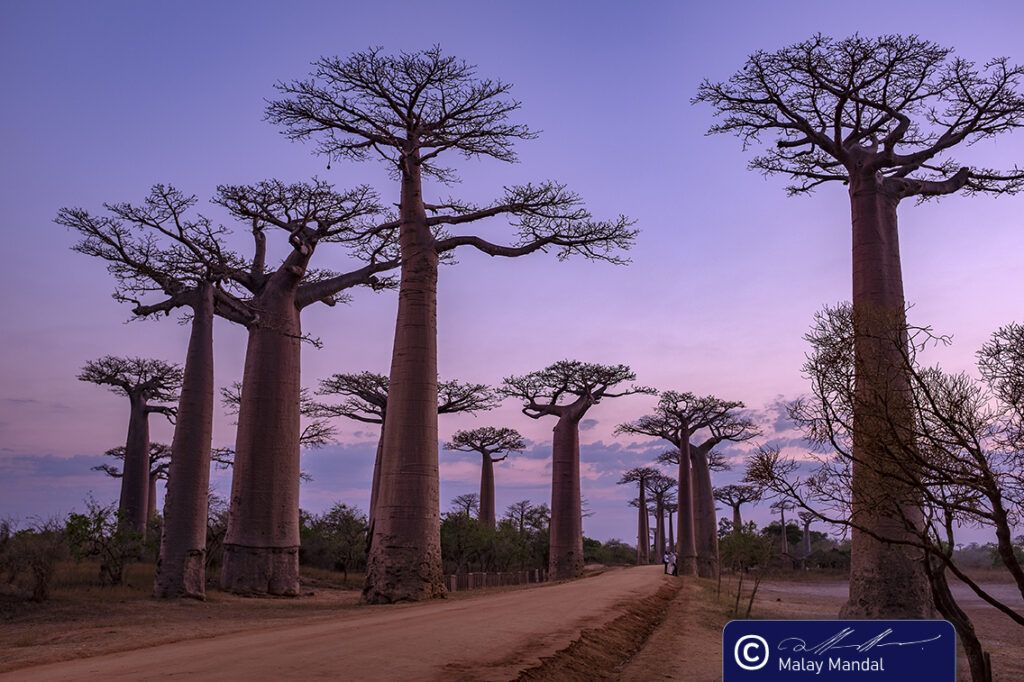
Why Madagascar? Well! If you want to see something unbelievable, really unexplored and maddeningly myriad and mysterious, Madagascar should be high on your bucket-list. But, wait … Don’t plan anything in a haste! You must understand the travel risks while considering a trip to the “The eighth planet.” In words of Joseph Philibert Commerson (1771) – “Of Madagascar I can say to naturalists that it is truly their promised land. There Nature seems to have retreated into a private sanctuary to work on models other than those she has created elsewhere. At every step one encounters the most strange and marvellous forms.”
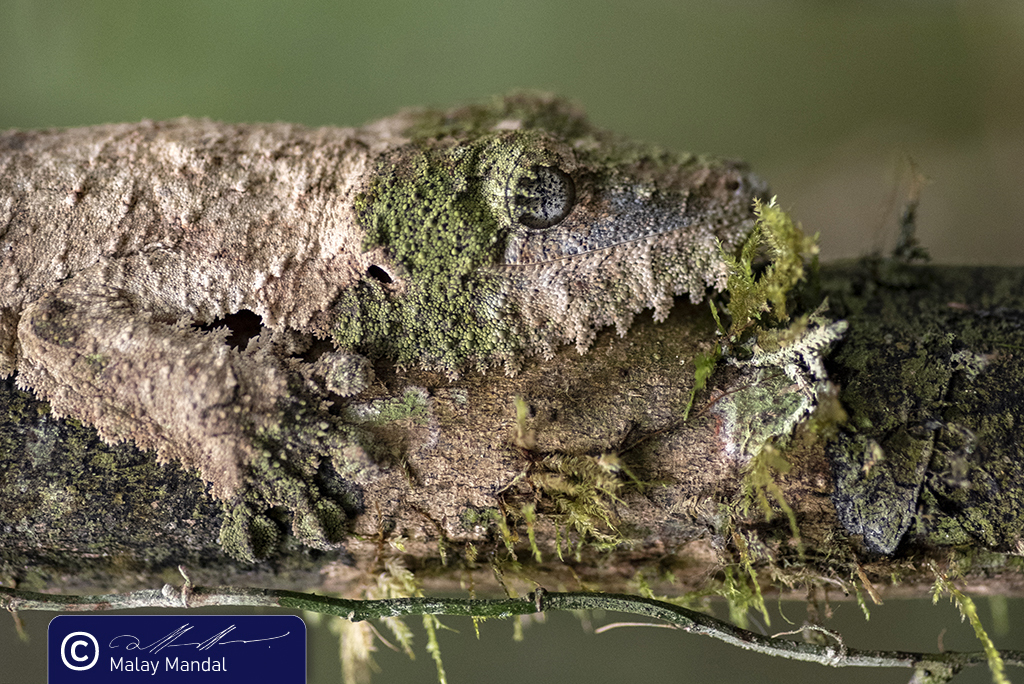
Bio-diversity Hotspot | If you familiar with Evolution and Bio-diversity, to can skip this. Any land, its range of flora and fauna is largely governed by geographic and climatic conditions such as elevation, precipitation, humidity etc. These factors shape ups landscape and ecological habitats that foster diverse manifestations of mother nature. Variety in these forms of plant and animal life is what can broadly be termed as Biodiversity. Madagascar is one the biodiversity hotspots. Just consider this, Madagascar’s primate diversity is second to Brazil with only 7% land mass as that of the latter; Indonesia with 3 times of land mass comes third with 97 endemic species. Of the 91 countries that have wild primates, Madagascar fosters healthy populations of 15% of the total species. So, now you understand … What’s the fuss all about?

In words of legendary primatologist and herpetologist Russell Mittermeier, who has extensively worked for wildlife conservation for over 4 decades, “Looking at Madagacar’s primate diversity in yet another way, although it is only one of 91 countries to have wild primate populations, it alone is home to 15% (101 of 668) of all primate species and subspecies, 20% (15 of 73) of all primate genera, and 36% (5 of 16) of all primate families – great responsibility for one single nation.”
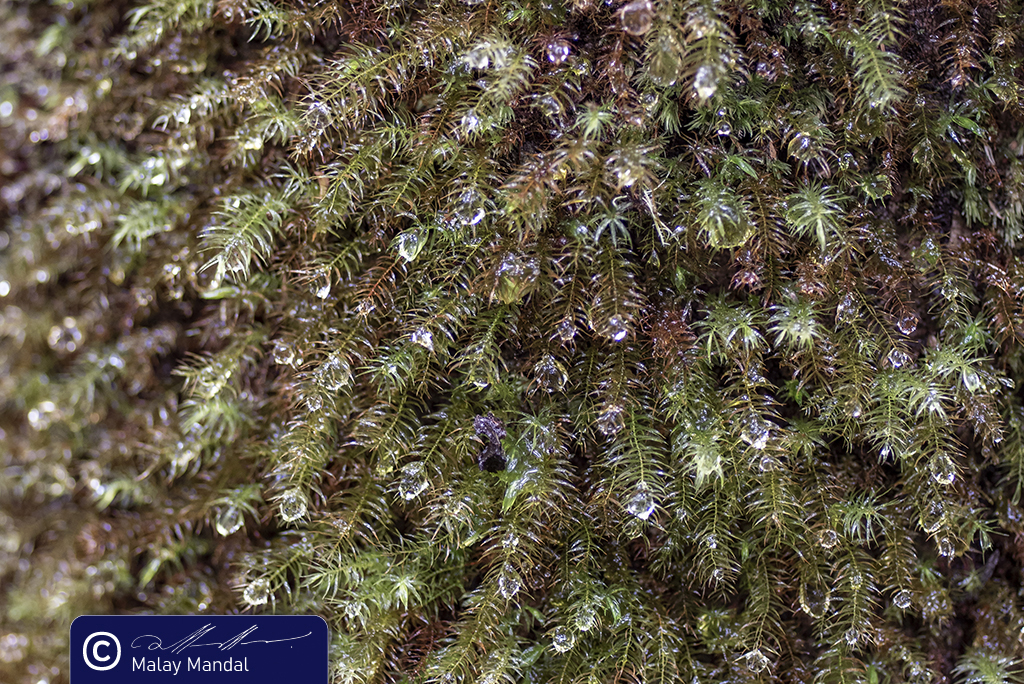
Micro-Endemism | The mysteries of Madagascar does end here, there are more evolutionary surprise waiting to be explained. One such aspect is Micro-Endemism. This is somewhat different from bio-diversity. In Madagascar, even after decades of research new species are being discovered. Between 1994 – 2010, 48 new lemur species have been identified and catalogued. But what is surprising about this diversity is the distribution; with any particular species limited to one particular clime. The populations are isolated and thus fragile. To understand this, let’s consider the Silky Sifakas that is found only in the forests of Mount Marojejy National Park. We are still clueless as why such anatomical morphism has taken place in Madagascar. Compare this with our Royal Bengal Tiger that can survive from the riverine swamps to the arid central Indian plateau. That why Madagascar species are fragile are in risk of getting extinct. IUCN believes that 41% of lemurs are threatened with extinction. So if you want to see lemurs before they vanish, go to Madagascar, now!
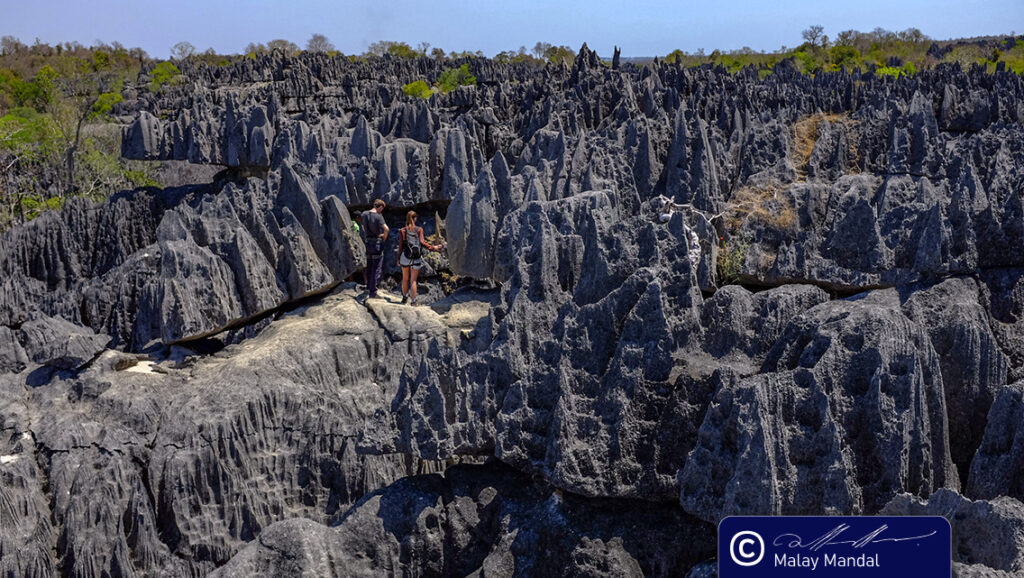
The Indian Connection | Madagascar originally formed the very heart of tectonic plate Gondwanaland that broke off from Africa 160-180 mya (Millions Years Ago), Antarctica 100-120 mya and finally from the Indian Subcontinent sometime around 90 mya. The current eastern periphery was originally connected to the western edges of the peninsular India. This past connection is reflected in the closeness of some aviary species such as the Paradise Flycather, Baya Weaver, Ibis and Coua. Commenting about the unique evolutionary course of Madagasar, Researcher Maarten de Wit remarks, “Madagascar has since carved out a new geological chapter for itself as an independent micro-continent with a unique paleontological record, history of local climate change, volcanism, and high-plateau formation. “For these very reason Madagascar is often known as the Eighth continent.
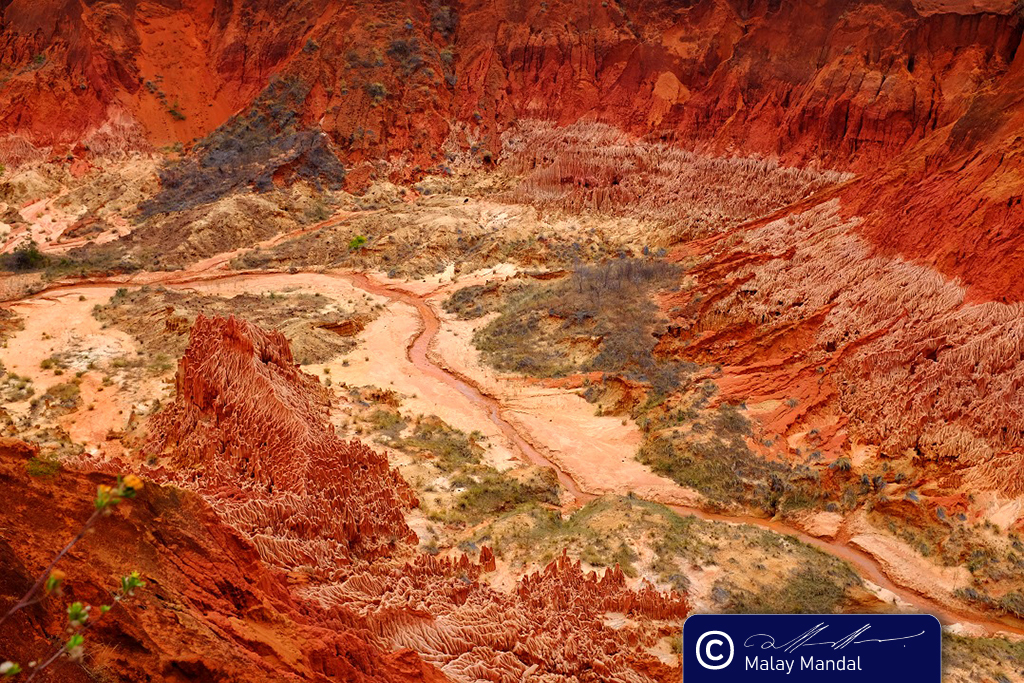
Human History | Human history in Madagascar is not very old as compared to the rest of the world. This late of arrival of humans helped nature to orchestrate its own creations in a fanciful way. Around 2000 years back when humans reached this natural paradise, Madagascar was known to foster healthy populations of megafauna – animals and birds. De Wat informs, “Madagascar is the last place on Earth to have experienced the disappearance of diverse groups of large indigenous mammals (megafauna), and one of the last large habitable regions to be colonized by humans. Most of the documented extinctions occurred after the first arrival of humans on Madagascar, about 2000 years ago. The earliest date for man’s presence came from cut marks suggesting the removal of flesh from a radius bone of a sloth lemur dated 2325+/-43 years before present. “Madagascar lost this unique mega-faunal diversity to human proliferation on the island with 17 species of lemurs and 48 species of large Malagasy mammals, birds, and reptiles vanishing away in no time.

A Natural Heaven | So, if you wish to see all this with your eyes; the bizarre bugs – from giraffe necked weevil to shield spiders; the playful primates – Over 100 species of Lemurs and over 10 species of Sifakas; the ferocious predators – from Fanalokas to Fosas, a range of reptiles – from Geckos, Chameleons, Skinks and Snakes that are not dangerous to humans; an assorted collection of wooded valleys – from dense moist rainforests to arid scrublands; and to top it all an unmatched kaleidoscope of breathtaking landscapes – from Andasibe to Amber Mountain, Mantadia to Isalo, Ankarana to Tsingy de Bemaraha.
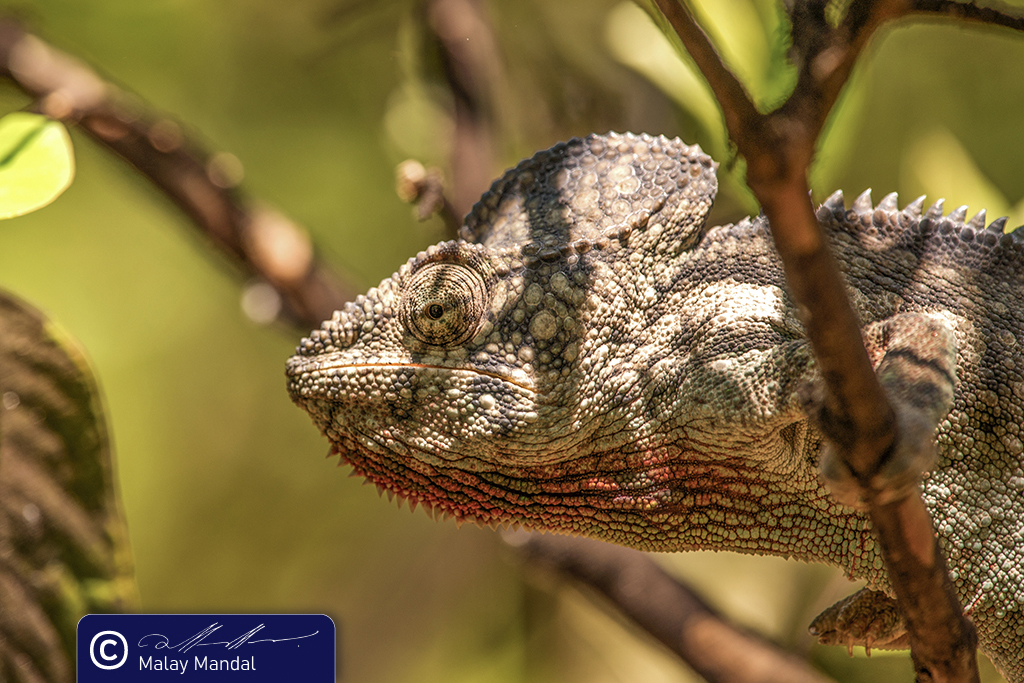
Getting-in | Antananarivo, the national capital is where you need to reach first. There are direct flights from Nairobi, Maldives and Seychelles. We flew with Kenya Airways from Mumbai to Nairobi and then onwards to Antananarivo.
Entry Formalities | You can get a Visa-on-arrival by filling-in a simple form by producing it together with your valid passport. The staff at times as for some gift. A 5 or 10 Euro tip is sensible and generally acceptable.
Money | ATMs are available in major cities; International Travel Cards/ Debit Cards with VISA work perfectly. Currency notes generally dispensed in local Malagasy Ariary. In small towns, be careful when taking out cash. Madagascar has a lot of societal disparity and these can lead to untoward incidents just as in any third world country.
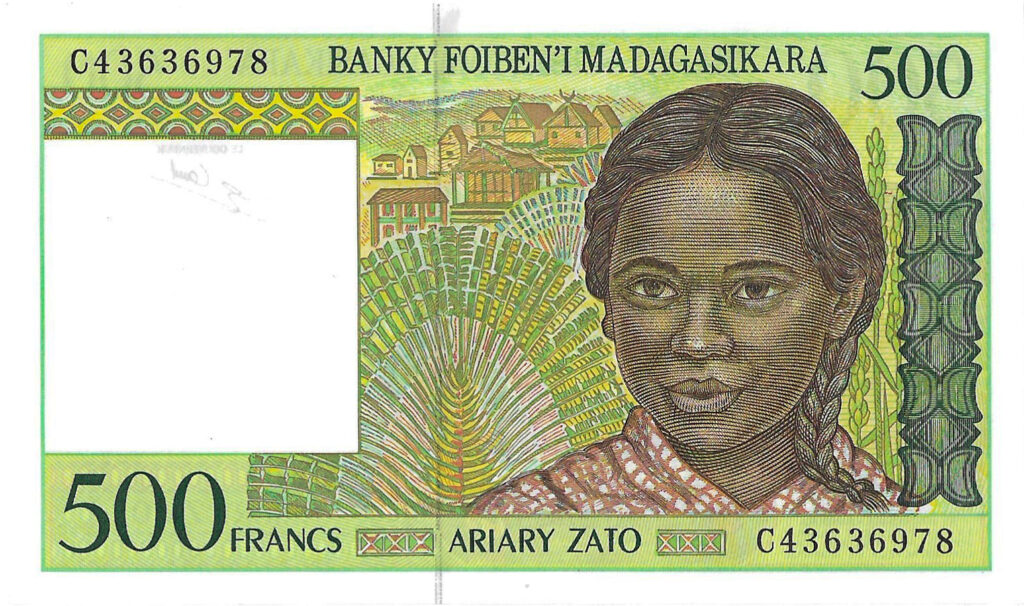
Suggested Itineraries | Madagascar is a vast country with limited travel options so you must have a clear opinion of what you want to see and what not. The road networks are reasonable but during and after the rainy season, expect some hair-raising experiences like floating over a river. Train travels are not feasible because of lack of coverage and comfort. Air travel is often the best way out but reliability and high airfares are common deterrents. The best way to traverse through Madagascar is to mix and match road and air travel. While road travel opens up the countryside, air travel saves time. To see a representative glimpse a true Madagascar, you at least need 2-Weeks. However, if you have only one, try to cover Andasibe, Ranomafana and Isalo National Parks. Those with 2-Weeks should include Andasibe, Mantadia, VOIMMA, Ranomafana, Anja, Isalo and Tsingy de Bemaraha. We spent little over 3-Weeks at Madagascar, and covered Tsingy Rouge, Amber Mountain, Ankarana and Nosy be in addition to the destinations covered under the 2-Week itinerary.
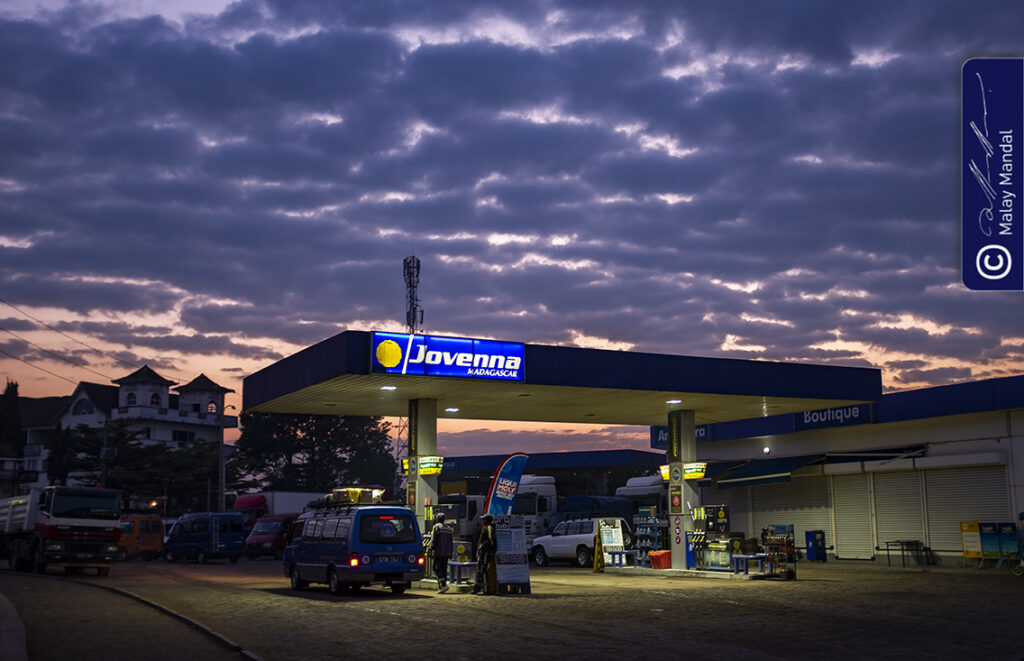
We travelled from Antananarivo to Andasibe on road and wrapped Mantadia and VOIMMA before returning back to Antananarivo. In our second excursion, we drove to Ranomafana National Park followed by Anja and retrearting after exploring Isalo. On our return we took a break at Antsirable and then moved towards Morondava. Witnessing the wondrous sunrise at the avenue of Baobabs, we drifted westwards to reach Bekopaka – the gateway to the unreally beautiful Tsingy de Bemaraha. Here we landed into trouble twice – first when our 4WD Nissan Patrol got struck on a sticky river bank and second when the left front wheel arrangement got disoriented. We had originally planned to travel back to Antananarivo by road but decided to take a flight instead.
for our next leg, we took a flight from Antananarivo to Antsiranana (Diego Suarez) from there we moved to Tsingy Rouge and then Jofreville. From there, we travelled to Ankarana then Ankify and reached Nosy Be.
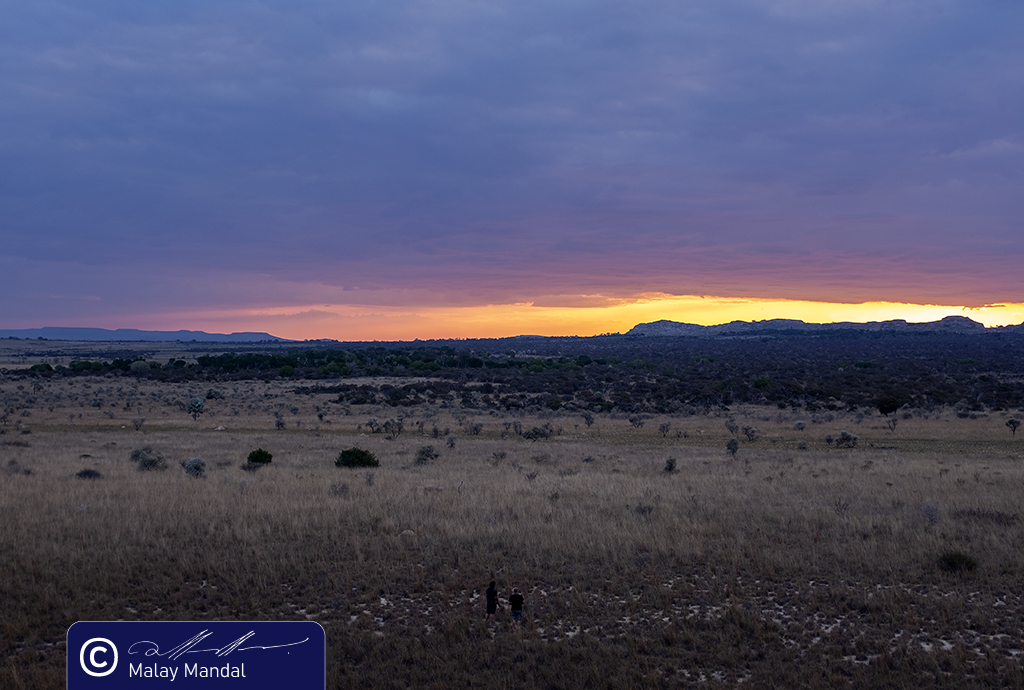
Practicalities at Parks | A majority of protected areas in Madagascar are managed by BNP in an eco-friendly sustainable manner with support and cooperation of local people. All park offices are simple yet effective in addressing all travel emergencies. Before entering any park, the visitors are required to buy tickets for themselves and for the guides and porters, if need be. The ticket fares are understandably low for locals but quite a fortune (in local money) for foreign travelers. For this very reason, every foreigner is looked upon as a rich person that is often not the case. While taking the tickets, we also have to select the route – depending on available time and physical abilities. There are options ranging from small exploratory strolls, to 3/6-hour full-fledged jungle hiking. The ticket pricing is dependent on two factors (i) on the route selected and (ii) the stature of the park. While some parks such as Isalo, Ankarana and … are designated as King Parks, others are classified as Regular one. In addition to the parks, there are community reserves that offer equal opportunities of sighting wildlife. Arranging for the park fees in local currency is also to be planned meticulously before moving into wilderness. We stacked ourselves with requisite cash routinely from ATMs in big towns while traveling in and faced no problems. However, lack of cash in local currency can be addressed by changing Euros/ Dollars from local hotels/ Restaurants. Please see that your currency notes are in good shape.